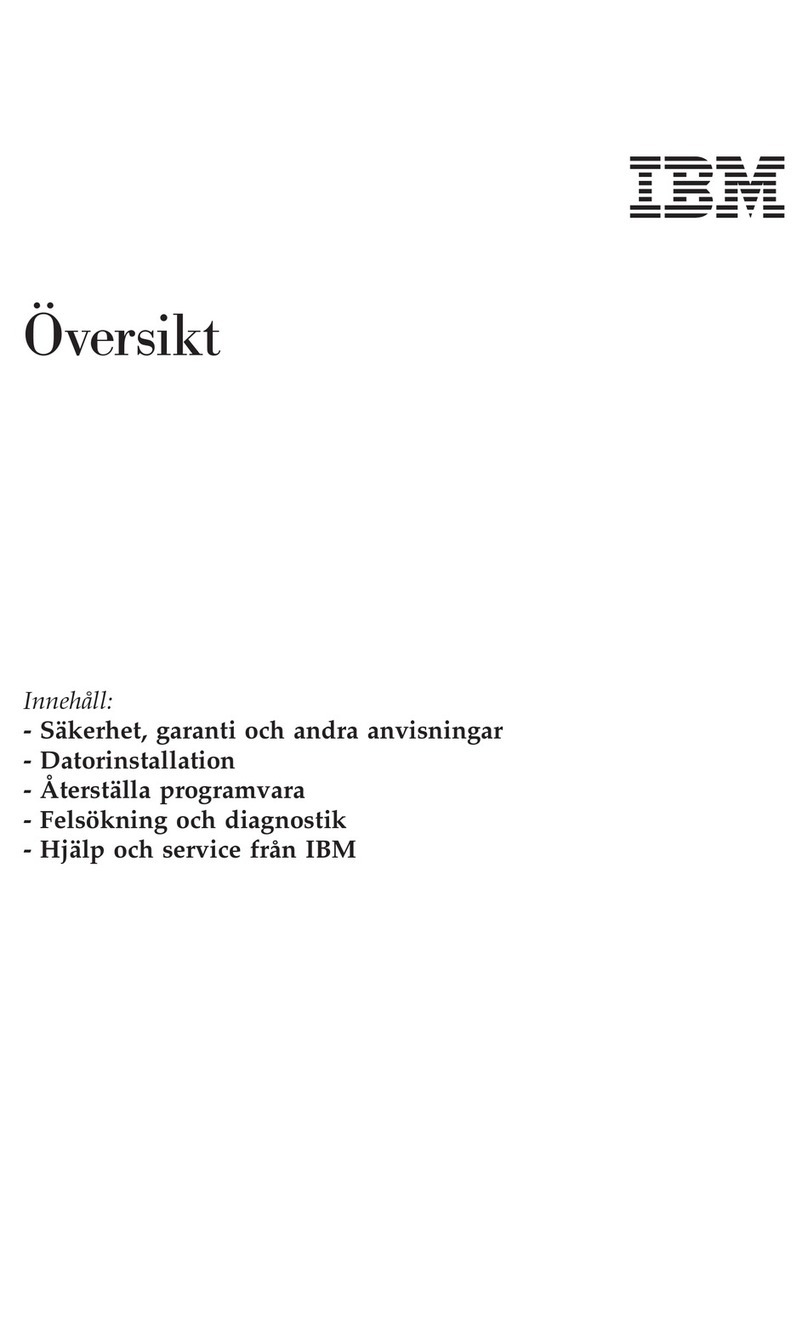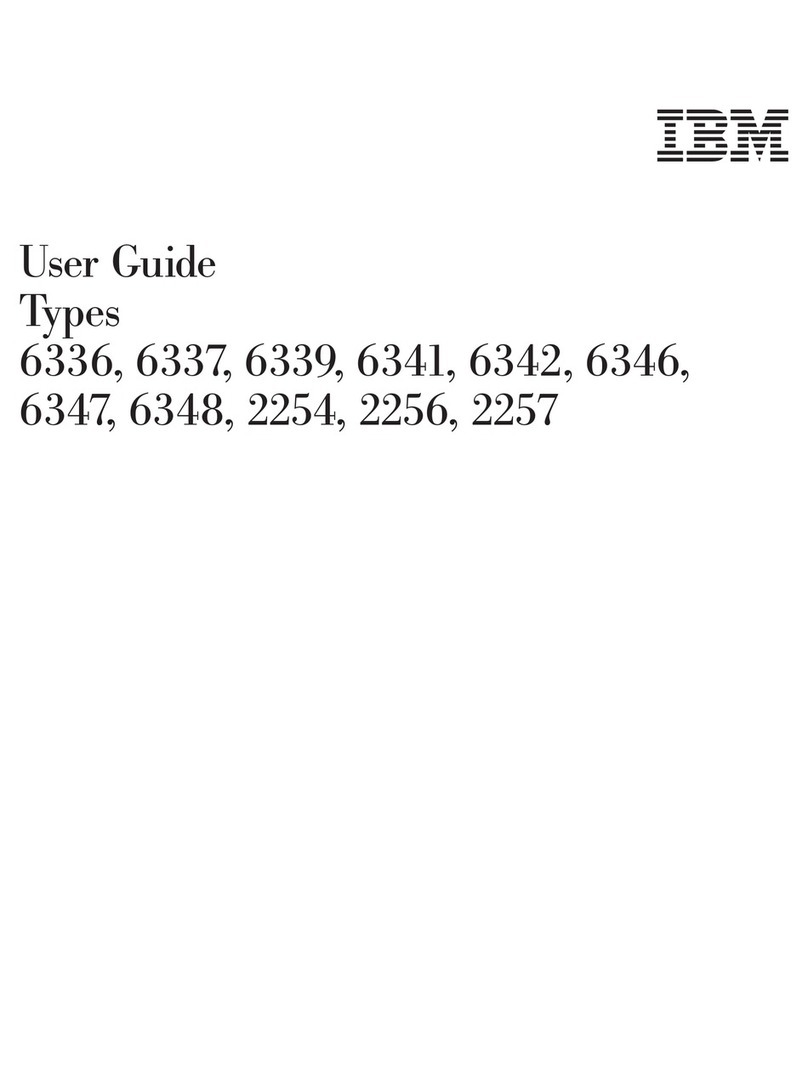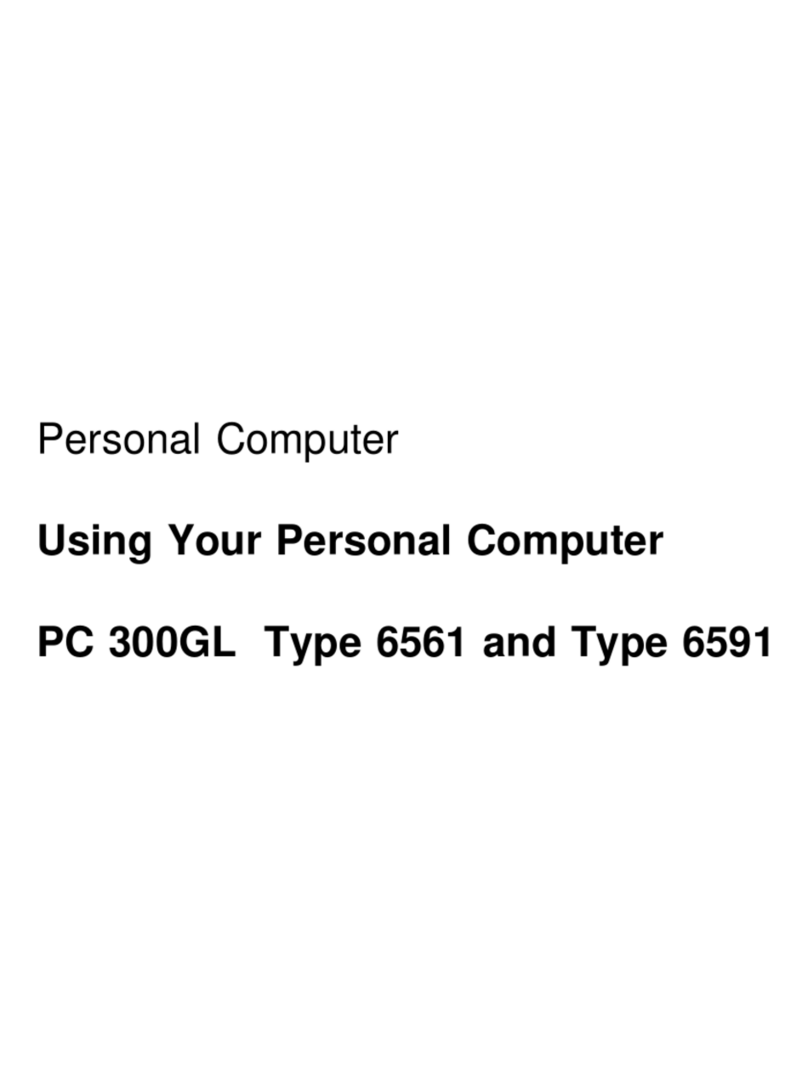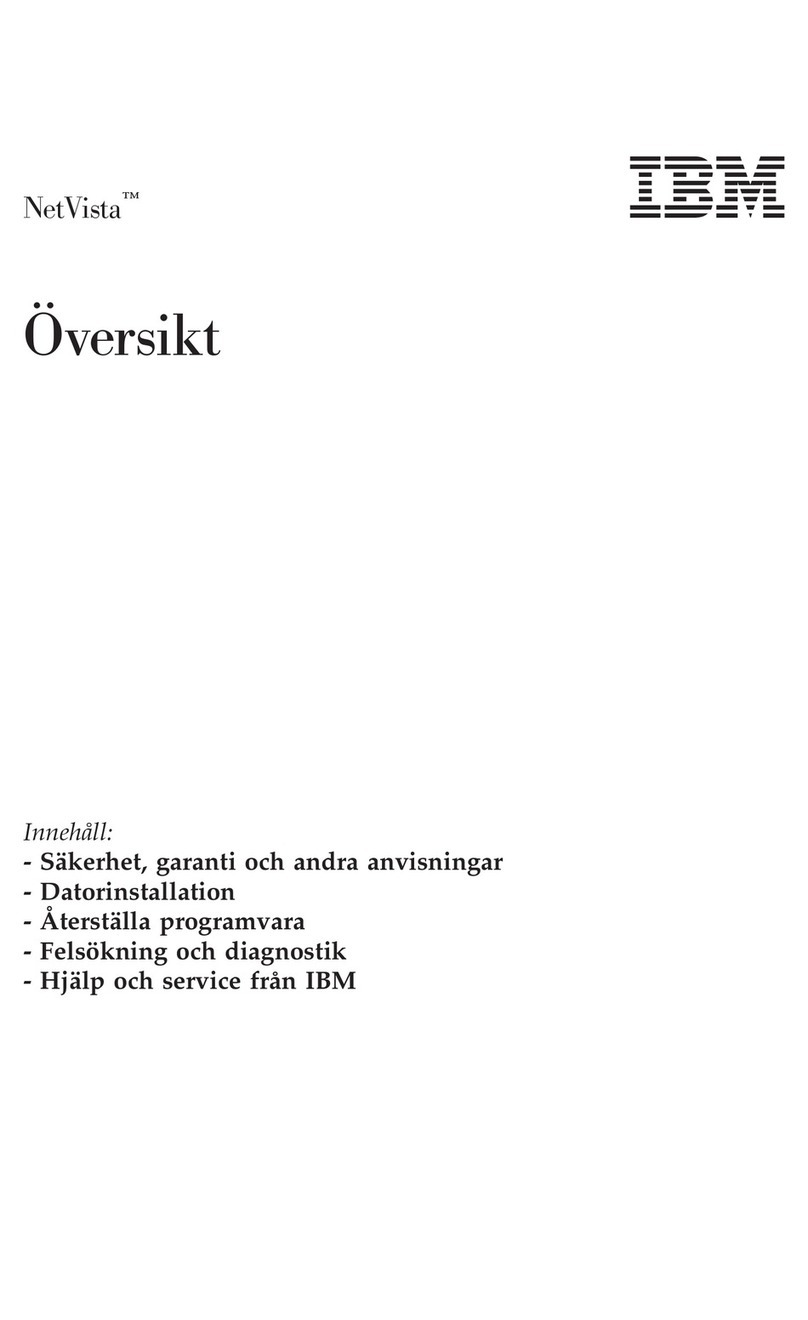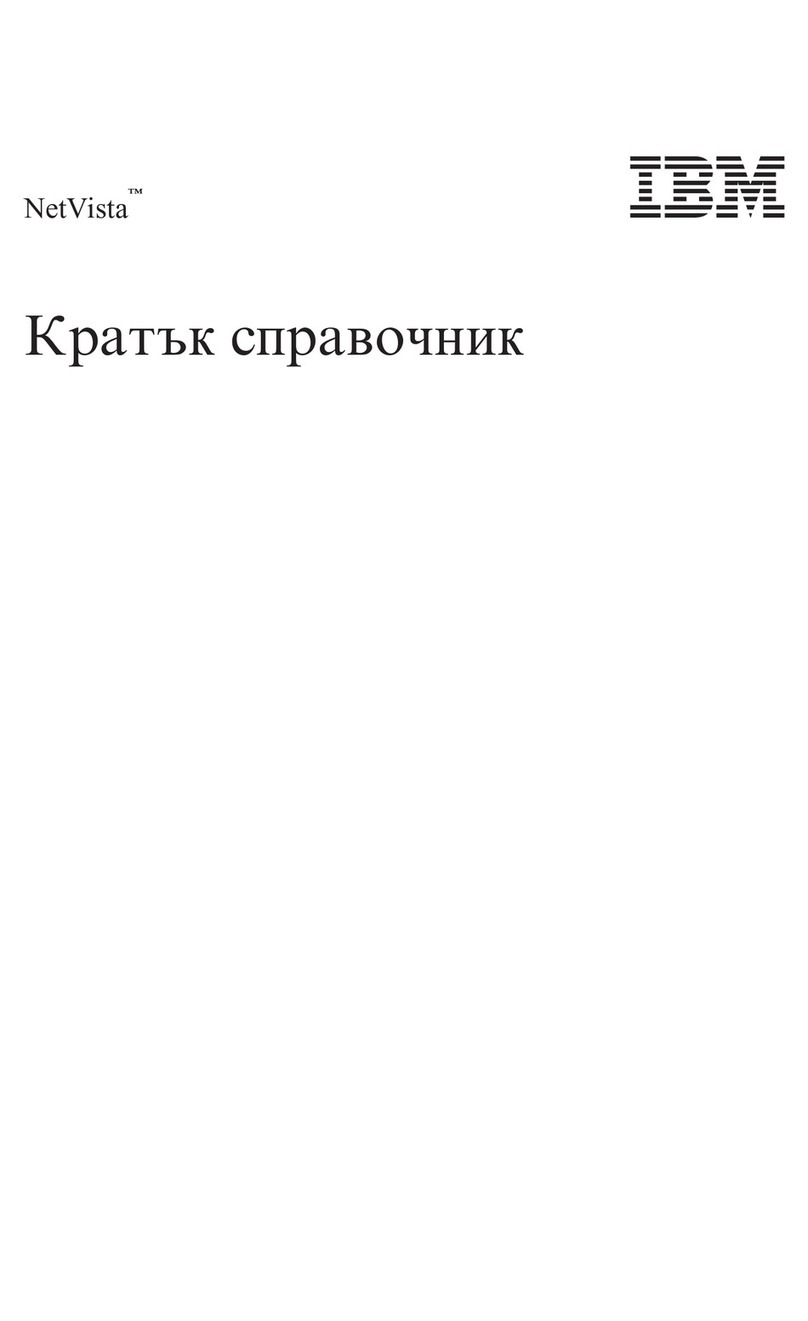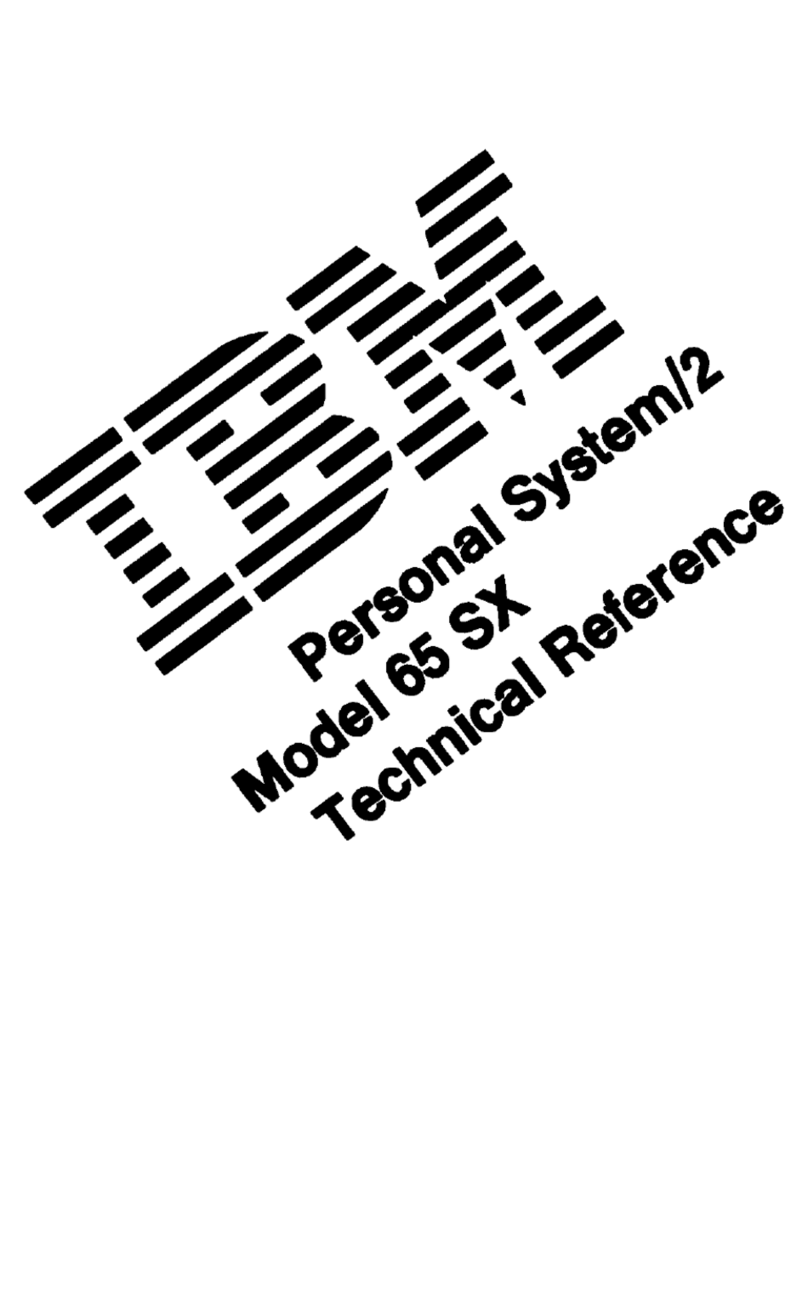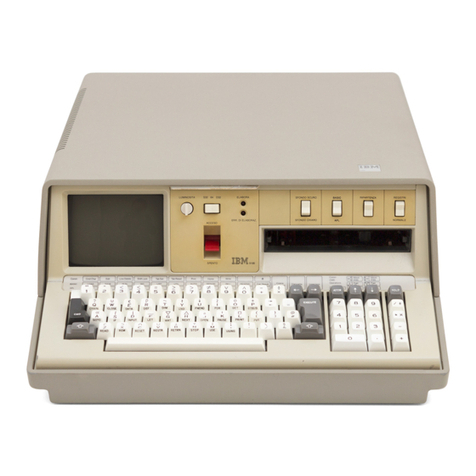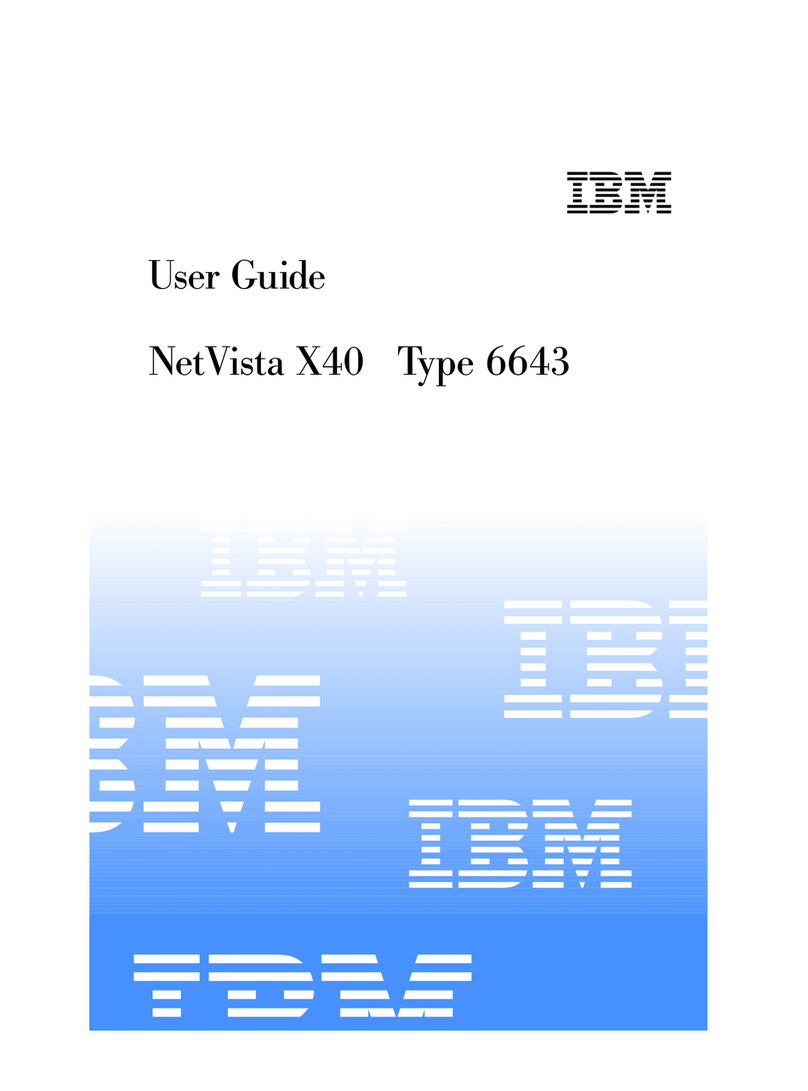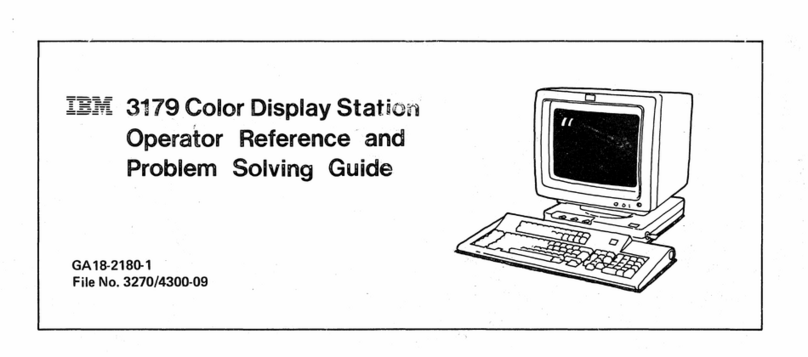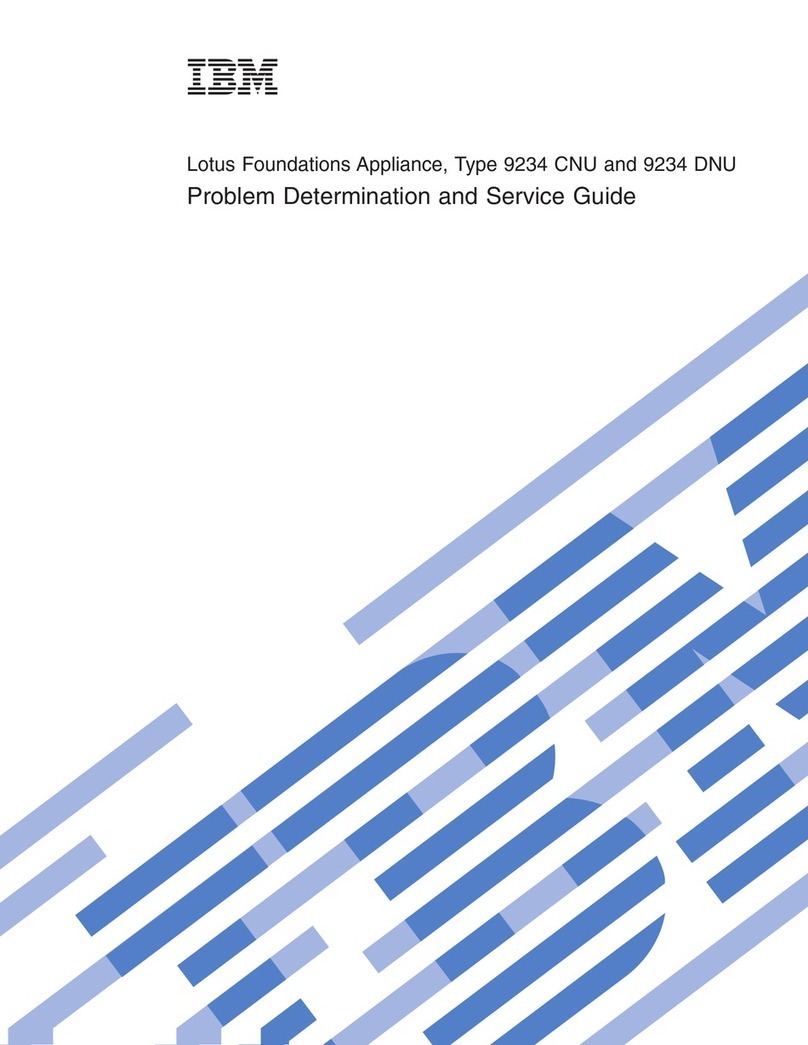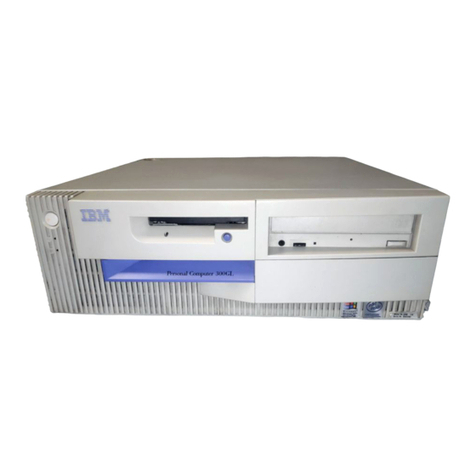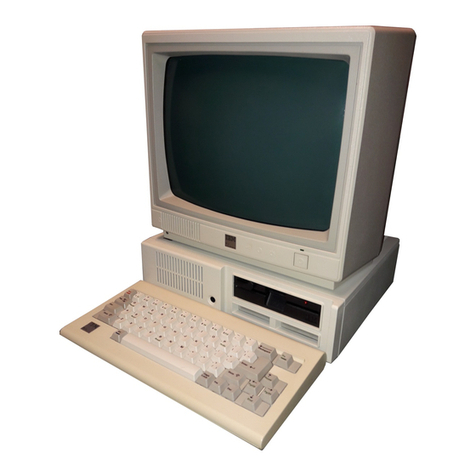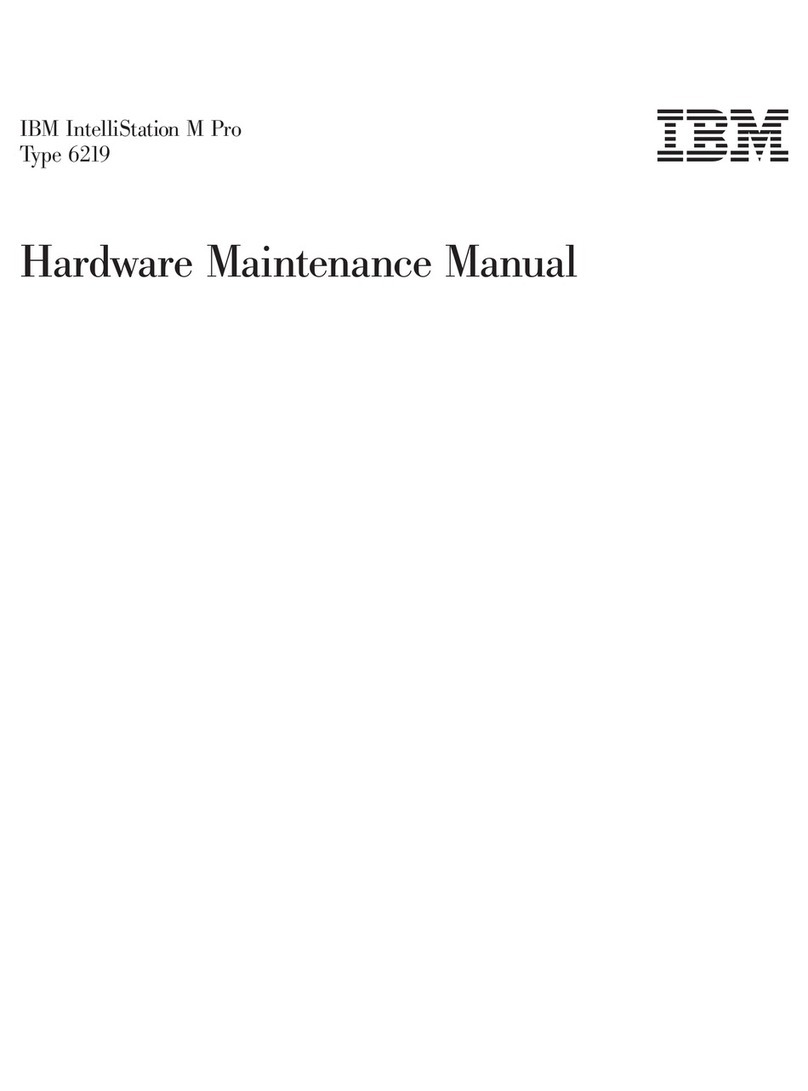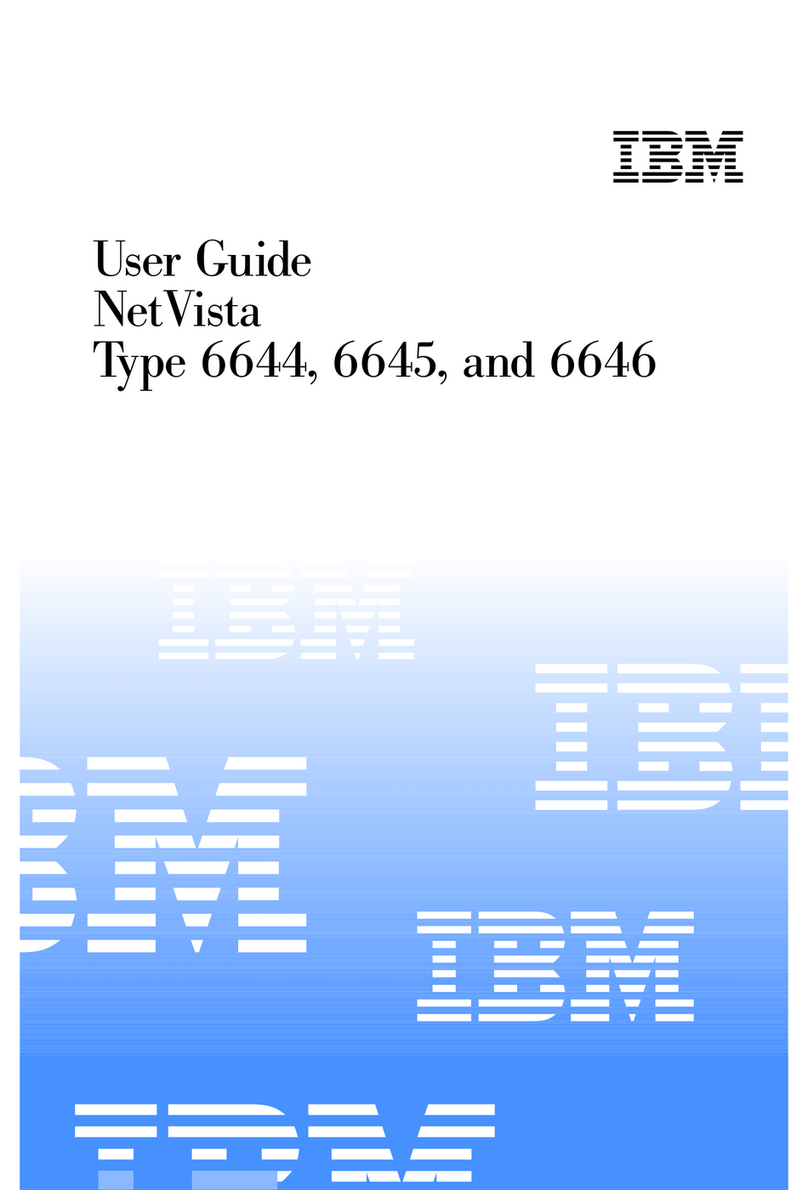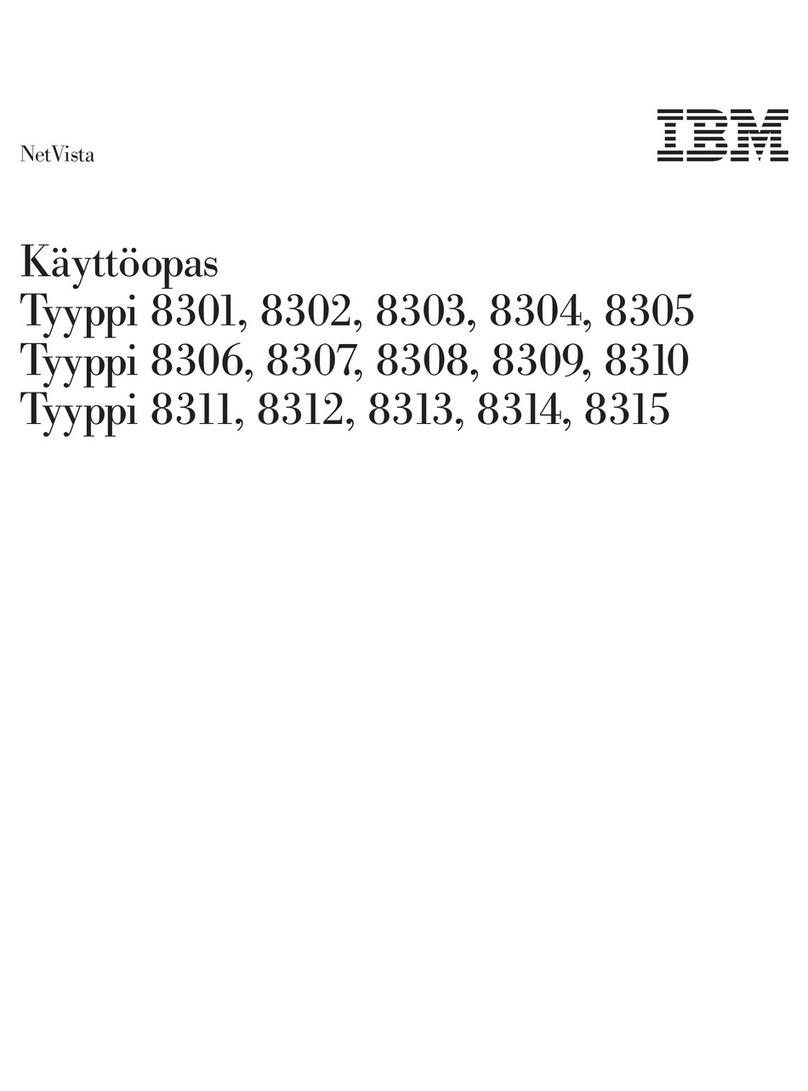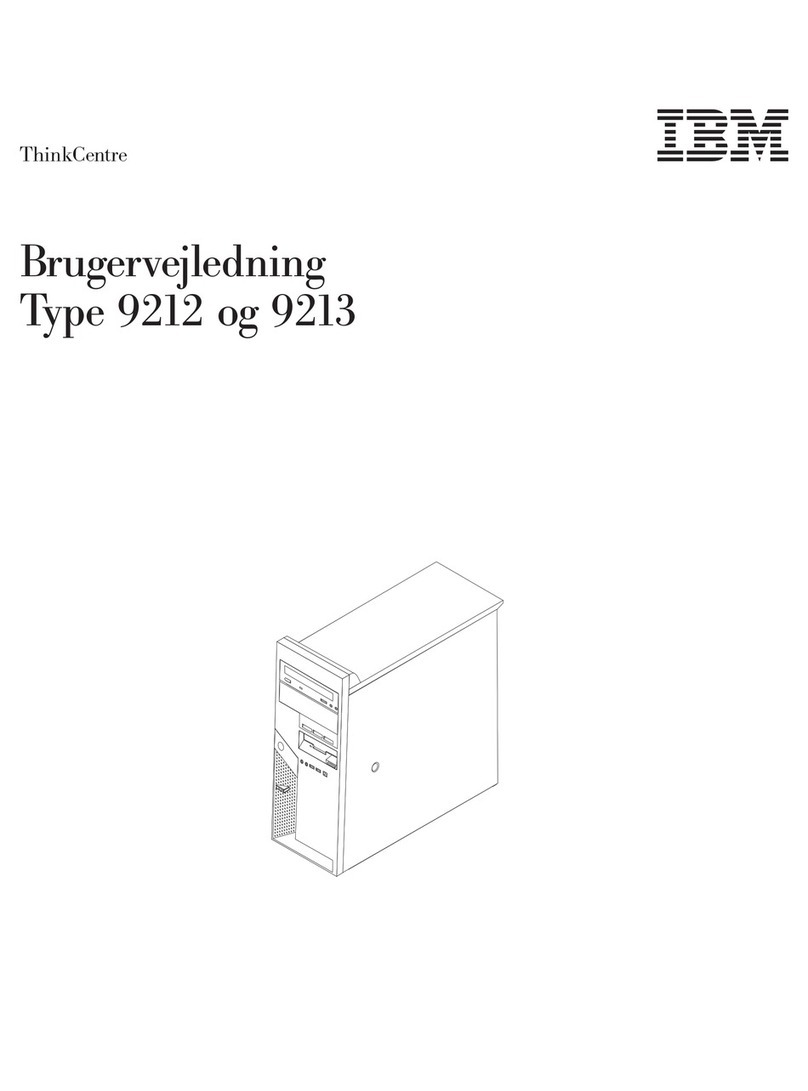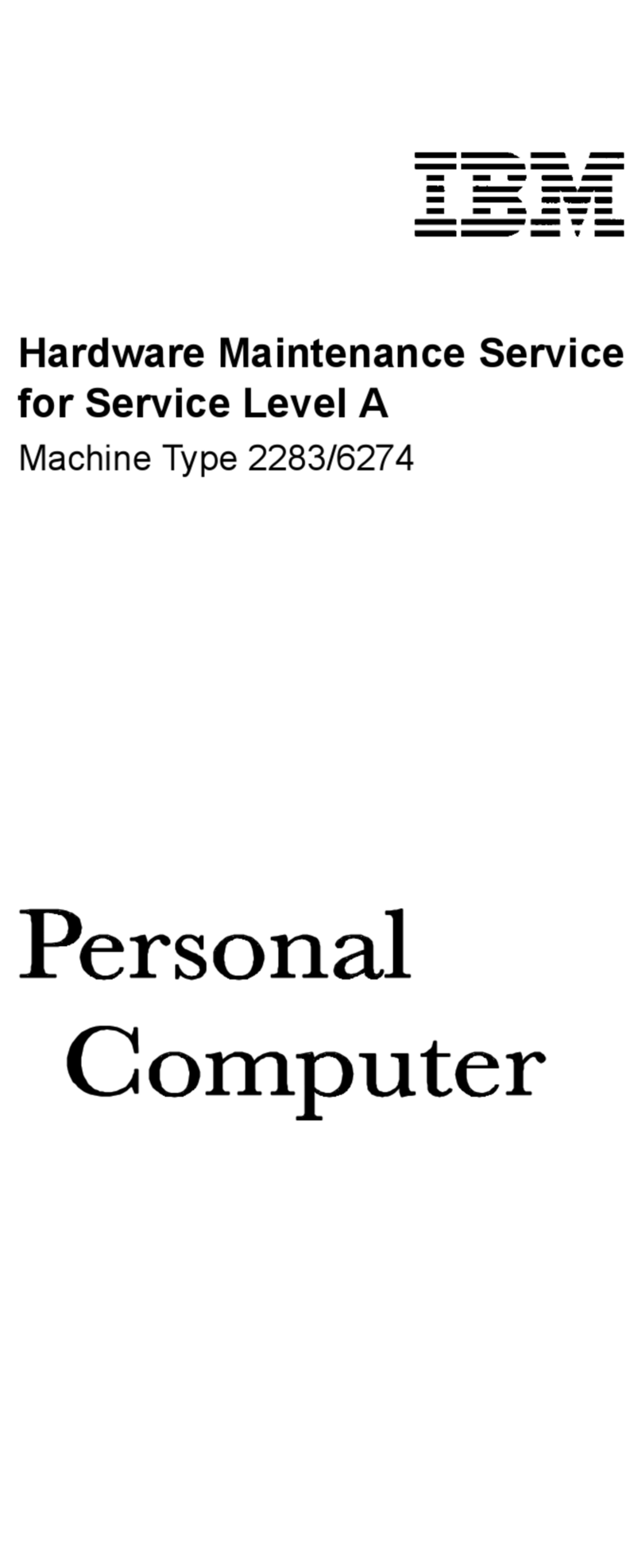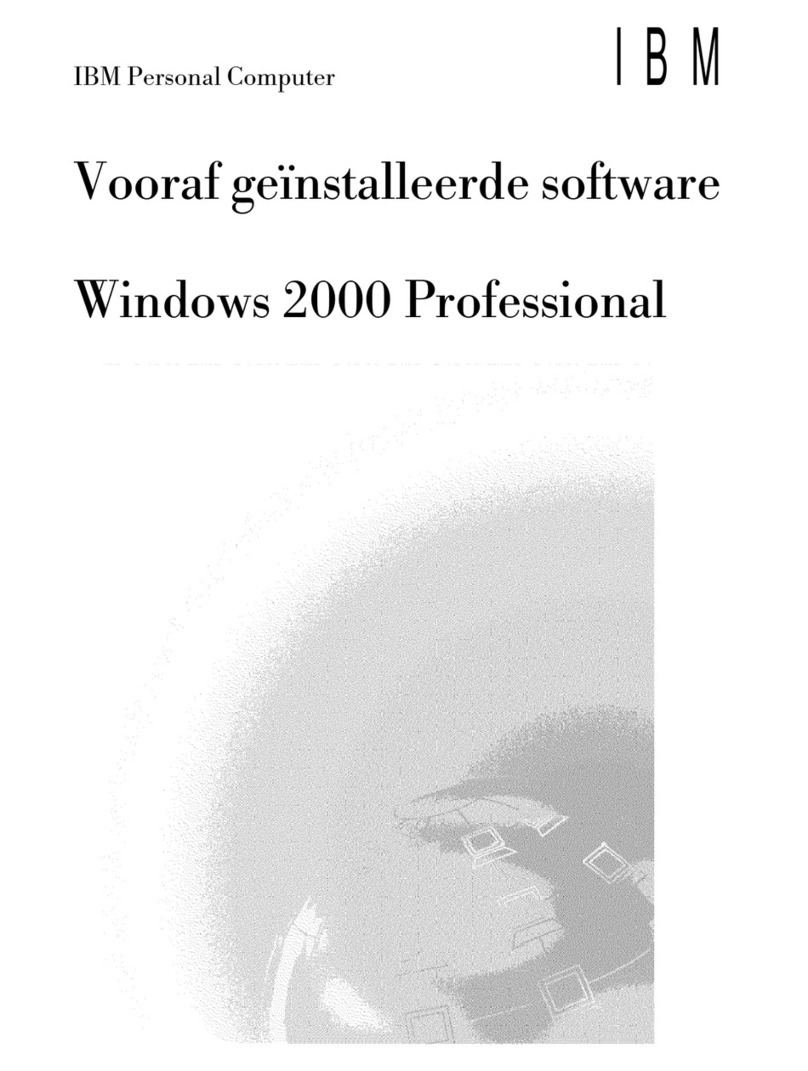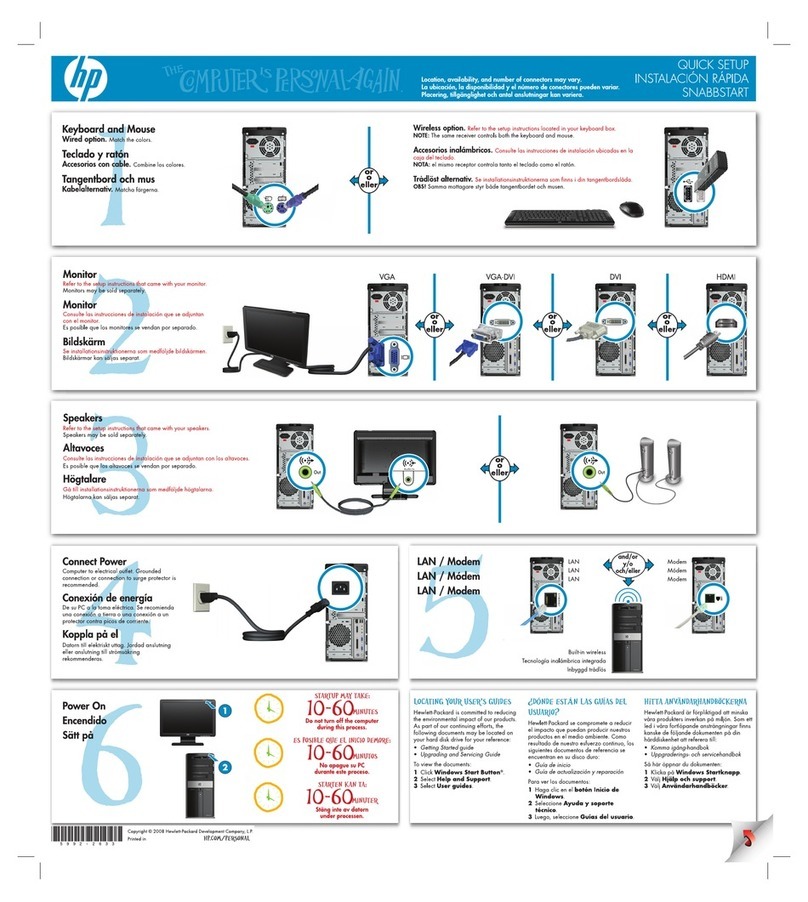
Keypunch
Mode
CARD
PUNCHING
Eighty
columns
on
the
card
can
be
punched.
Each
column
has
12
punching
positions:
one
each
for
the
digits
1
to
9,
and
one
each
for
the
zones
0,
11,
and
12.
The
11-zone
punch
is
sometimes
referred
to
as
X.
The
digits
are
recorded
by
punching
a
single
hole
in
the
cor-
responding
digit
or
zero
position
of
the
desired
column.
A
letter
is
a
combination
of
one
zone
punch
and
one
digit
punch
in
the
desired
column.
For
example,
A
is
a
12-zone
and
digit-1
punches,
N
is
an
11-zone
(X)
and
digit-5
punches,
and
Z
is
a
O-zone
(zero)
and
digit-9
punches.
A
special
character
is
one,
two,
or
three
holes
in
the
desired
column
as
shown
in
Figure
1.
Punching
two
or
three
holes
in
one
column
for
a
letter
or
special
character
is
automatic
when
the
corresponding
key
is
pressed.
The
IBM
545
Output
Punch
may
be
used
as
a
standard
key-
punch
by
setting
the
autopunch/keypunch
switch
to
key-
punch.
This
places
the
545
in
keypunch
mode,
electrically
isolated
from
an
attached
system
(except
the
48V
power
supply).
The
interface
cable
need
not
be
disconnected.
Operation
as
a
keypunch
is
dependent
upon
the
operator
and
the
program
he
selects.
Features
In
keypunch
mode,
the
545
has
the
same
features
as
other
IBM
card
punches,
plus
the
unlimited
use
of
two
program
levels
(except
when
the
self-checking
special
feature
is
in-
stalled).
The
two
independent
programs
provide
greater
flexibility
in
application
and
operation
of
the
card
punch.
PROGRAMS
”
One
of
the
most
important
features
is
the
simple
means
of
setting
up
the
545
for
automatic
control
of
duplicating
and
skipping
operations.
Each
setup
or
program
is
made
by
punching
a
card
and
mounting
it
on
a
program
drum,
which
is
inserted
in
the
machine.
On
the
545
Output
Punch,
with
unlimited
use
of
two
pro-
gram
levels,
each
program
card
can
contain
two
totally
dif-
CARD
DESIGN
The
almost
complete
visibility
of
the
cards
in
the
card
bed
facilitates
the
design
and
punching
of
dual
cards
and
the
identification
of
prepunched
cards
into
which
more
data
must
be
punched.
Direct
access
to
all
parts
of
the
card
bed
ferent,
complete
80-column
programs.
Either
program
can
be
selected
for
card-to-card
use
by
setting
a
program
selec-
tion
switch.
If
it
is
desired
to
use
both program
levels
to
also
permits
easy
manual
insertion
and
removal
of
cards
when
necessary.
Punched
cards
are
usually
designed
so
that
each
item
(of
field)
of
information
recorded
in
the
card
can
be
readily
identified.
Figure
2
shows
a
card
designed
for
use
in
sales
accounting
application,
and
a typical
invoice
from
which
the
card
was
punched.
|
control
punching
on
a
single
card,
alternations
from
pro-
gram
to
program
can be
made
by
program
selection
keys
on
the
keyboard.
Programs
can
be
alternated
at’will,'during
the
punching
of
a
single
card,
by
use
of
these
keys.
Digits
Letters.
Special
Characters
BLesste
rat
abCucrGHIIJELMAQR
IRS
TOV
YS
ne
C41
Sagar
pilates"
>
SRLRRLEGI
|
LL
ERR
ERGEE
SRRGGLE
COCOMOCODKONONOCHONOODNDONDKDDOOOKOON
RANMA
Cocoon
o
onc
ODOKOOOOCORRRRRRPoococooon0n
123-45
6
7
8
8
10M
12
13
14
1S 16
17
18 19
20
21
22
23
24
25
26
27
28 29
30
31
32
33
34 35 36
37
3
38
40
41
42
43
44
45 46
47
48
49
50
St
52
53 54
55
56
57
58
5860
61
82 63
64
65
G6
67
68 69
70
71
72
73
714
75
76
7)
78 79
80
POPTUB
CTAB
Baad
2222228
2222222222228
222222228
2222222222222
2222282222282
222222222
33333330333333333333833333333933333338333333333333833333303333330333330333333333
GAAAAGAADAAS
AAA
AAAAGADAAAAGAAANAAAAAAANAGAAAAAAAG
GABA
GAAAAMAGGAAAB
AGA
A
ABA
AE
AA
STM
SSS
SSS
SSM
SSS
SSS
SMS
SSS
SSMS
SSS
SSS
SSS
SSMS
SSS
SSMS
SSSSSMPSSSSSBS555555
BEGG
GGECCGNCEGGECGEC
CECH
EGCGCECGMGCE6GCEMGCCEGGECSCCGEMECCSSGMCCEGGEMSGCCGMGGE6GEE
DUVTTTTTTT
IMT
ITT
T
TTT
TTT
IMT
TTT TTT
IMT
TTT
TTIW
TTT
SEBREKKESLHMSESSESHSSSSHMSSSSBLREMSEELEKSMSSSSSSMME
RECO
RMR
NSRRRRRRRROREES
8888
SQ9IGIIITIFIGPIITIIIITIIIIPIIFIIZIIPIIIIITIPA
IG
Ig9IIIIIIIIIIIII9IIIIgIIIIGIFIGGS
9
1:12
13
14
TURAALBATSAARWANVAGHUBVONLHMESTAEDITINSSIN
VON
TA
EST
AONNN
BRT
AM
/
\
Figure
1.
Card
Codes
and
Graphics
for
64-Character
Set
tau
509!
6
